THE DAY MADRID MET MADRID
-
Updated: 25 January, 2012
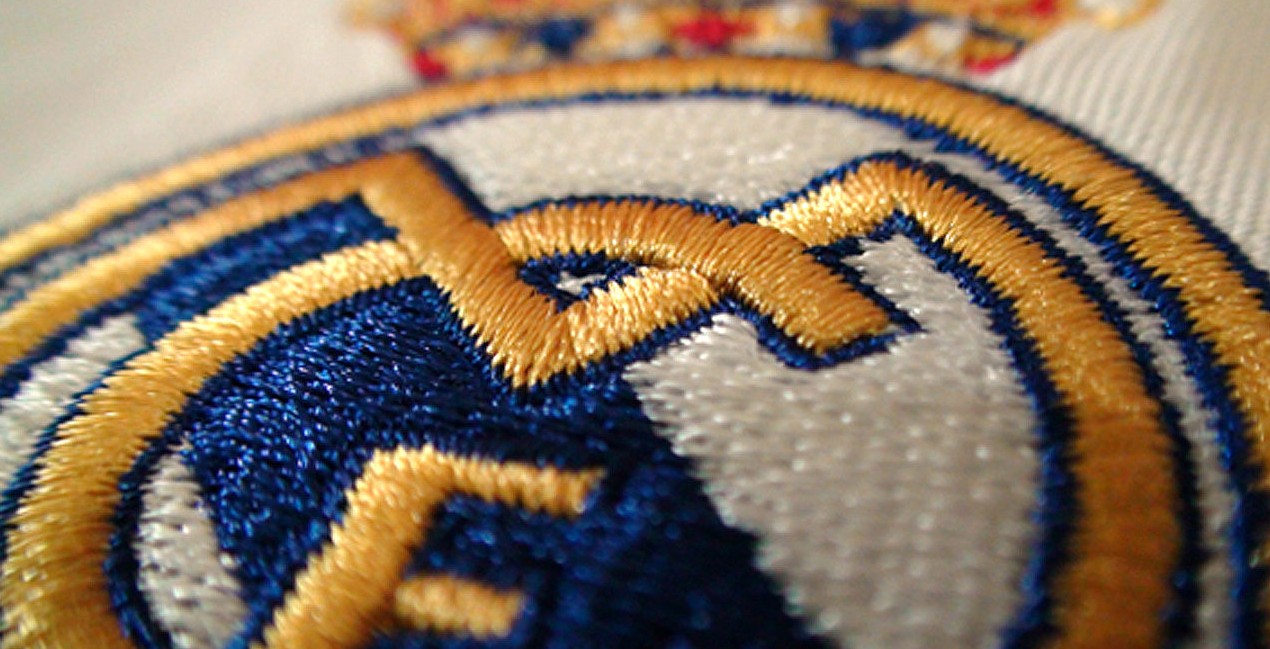
Generally, the reserve sides of the big clubs in Spain have always struggled.
Whether it be to impose themselves in what is, quite frankly an odd league system, or in just simply trying to work out exactly what their role is within the bigger picture.
Unable to gain promotion whilst their powerful allies sit in the top division, they live a somewhat detached life. The players are, essentially, playing reserve football.
The only motivation is the hope that the following season they’ve done enough to make the move up or to another, more successful side.
The sad fact is that many do not make the grade, and then careers unfortunately stagnate or, even worse, end. A struggle, indeed.
Before 1991 however, reserves sides were often seen as separate entities.
They could play in cup competitions, went under different names, the squad wasn’t filled with uninspired reserves, and – most importantly – had the imagination and belief that comes with playing as a ‘proper’ team.
The perfect example of this comes in the form of Castilla CF or, as they are known these days Real Madrid Castilla.
Established in 1930, Castilla have developed some truly great, even world class talents; Samuel Eto’o, Iker Casillas, Raul, Jose Caminero, Guti, and Esteban Cambiasso to name but a few.
The reason behind this successful production line came in the late seventies and early eighties when the team experienced what is considered to be the ‘golden age’ in its history.
In the 1979/80 season, Castilla had a youthful side.
They were technically gifted, played as a team and were hungry for success, they played their football in the second division A, and competed well throughout the year, before finishing in a very respectful seventh place.
It was in the Copa Del Rey, however, where the side really captured the imagination.
They kicked off their journey in the competition by dispatching lowly Extremadura with ease in the first round; they did this with an aggregate score of 10-2 over the two legs.
After such an emphatic start, the young side continued their good form as they faced Alcorcon in the next round.
They beat their fellow Madrileños in both legs, and continued towards the third round where they faced their toughest test yet – against their second division rivals – Racing Santander.
The team came out of the first leg with a 3-1 lead, before securing a place in the fourth round with a 0-0 draw in the second leg.
After flying through the first three rounds with consummate ease, Castilla faced their first side from the top division, Hercules.
Their opponents, although one of the weakest sides in La Liga that year, were a stern test for the Real Madrid feeder team.
Castilla travelled to Hercules for the first leg, and the free-flowing, football didn’t hold up this time with the extra quality of the opposition seeming to be a step too far for the second division side as the lost 4-1. By the time the second leg came around, the tie, on paper at least seemed to be all but over.
It didn’t quite work out that way, though. Castilla found their feet and stepped up a gear from the previous game. They played with a skill and aggression that seemed to have been lost before, it all proved too much for Hercules as Castilla thrashed them 4-0 – sending them through 5-4 on aggregate.
The fifth round beckoned. Athletic Bilbao was the next port of call for Castilla, a difficult task for even the best of sides at the time; it was hard to imagine the spectacular run continuing. The first leg was at home for the Madrid side, and surprisingly, they held their own in a hard-fought 0-0 draw, leaving it all down to the second leg at the Basque giants’ home ground – San Mames. Playing at the intimidating ‘Football Cathedral’ did not put off the plucky underdogs – they counter-attacked quickly and precisely.
Athletic were shocked by this tactic and never truly came to terms with it throughout the game. At half-time the score was 0-0 and, quite unbelievably, it was Castilla who looked much more likely to score as the second half resumed.
The breakthrough came in the 57th minute – Pineda scored for Castilla after a swift and utterly devastating counter-attack. Athletic tried in vain to pile on the pressure, but the Madrid side always looked comfortable with whatever was thrown at them. Ten minutes before the end, Castilla silence the Cathedral as Pineda added a second.
A full-strength Athletic side , who finished seventh in La Liga that year, found themselves 2-0 down to the second division side. Athletic did manage to grab themselves a goal with a minute left but, overall, Castilla were by far the superior side.
The confidence within the side was unmatched, they were on a roll…


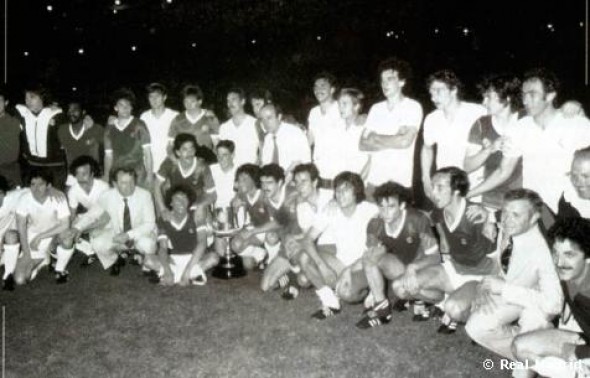
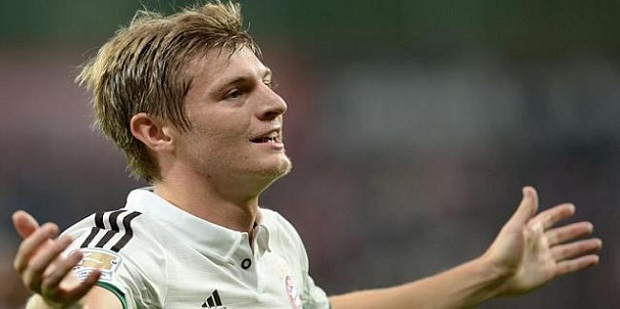
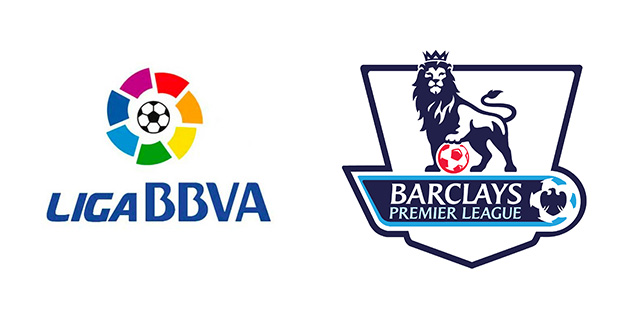
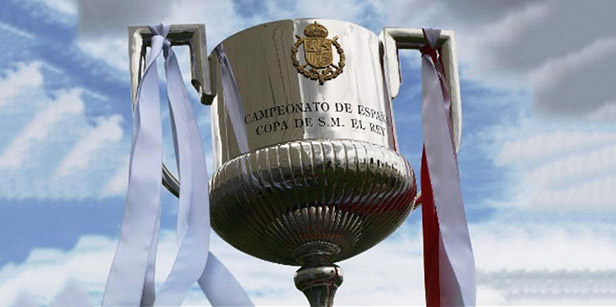

One Comment
You must be logged in to post a comment Login